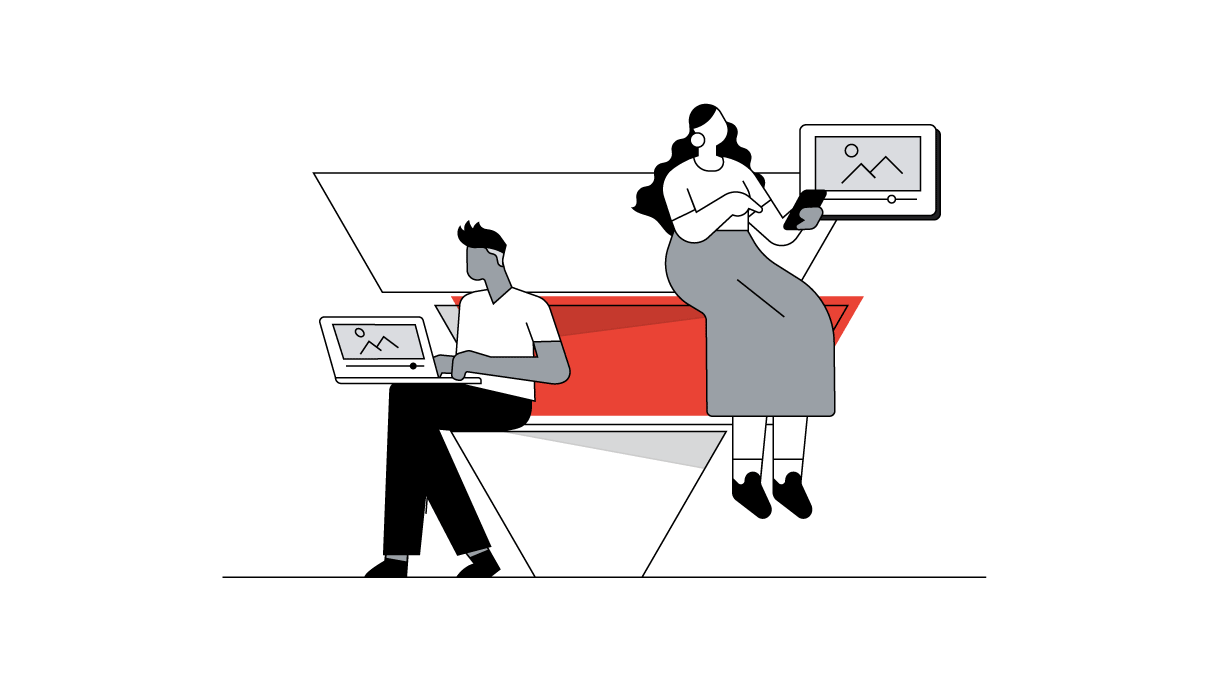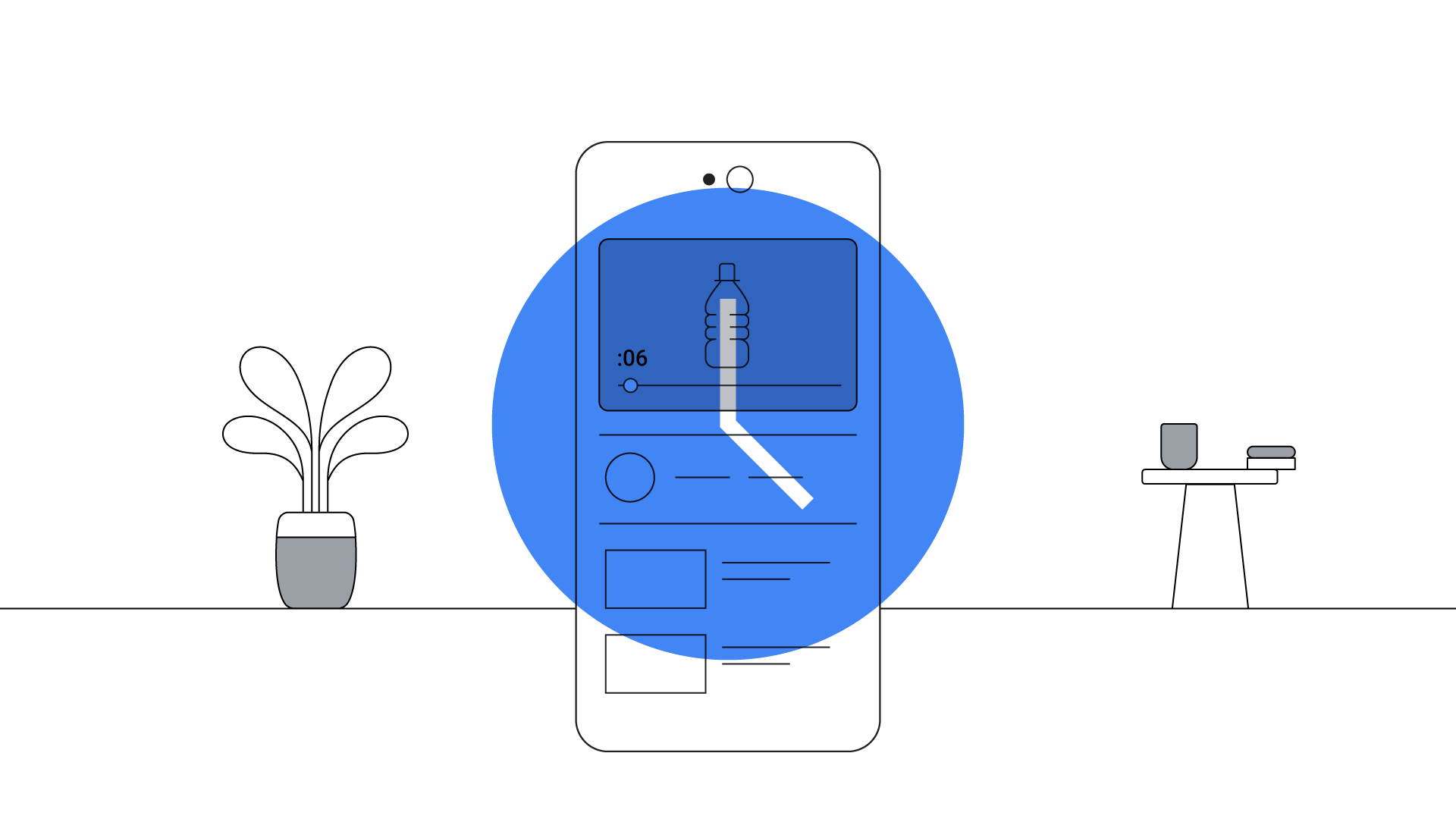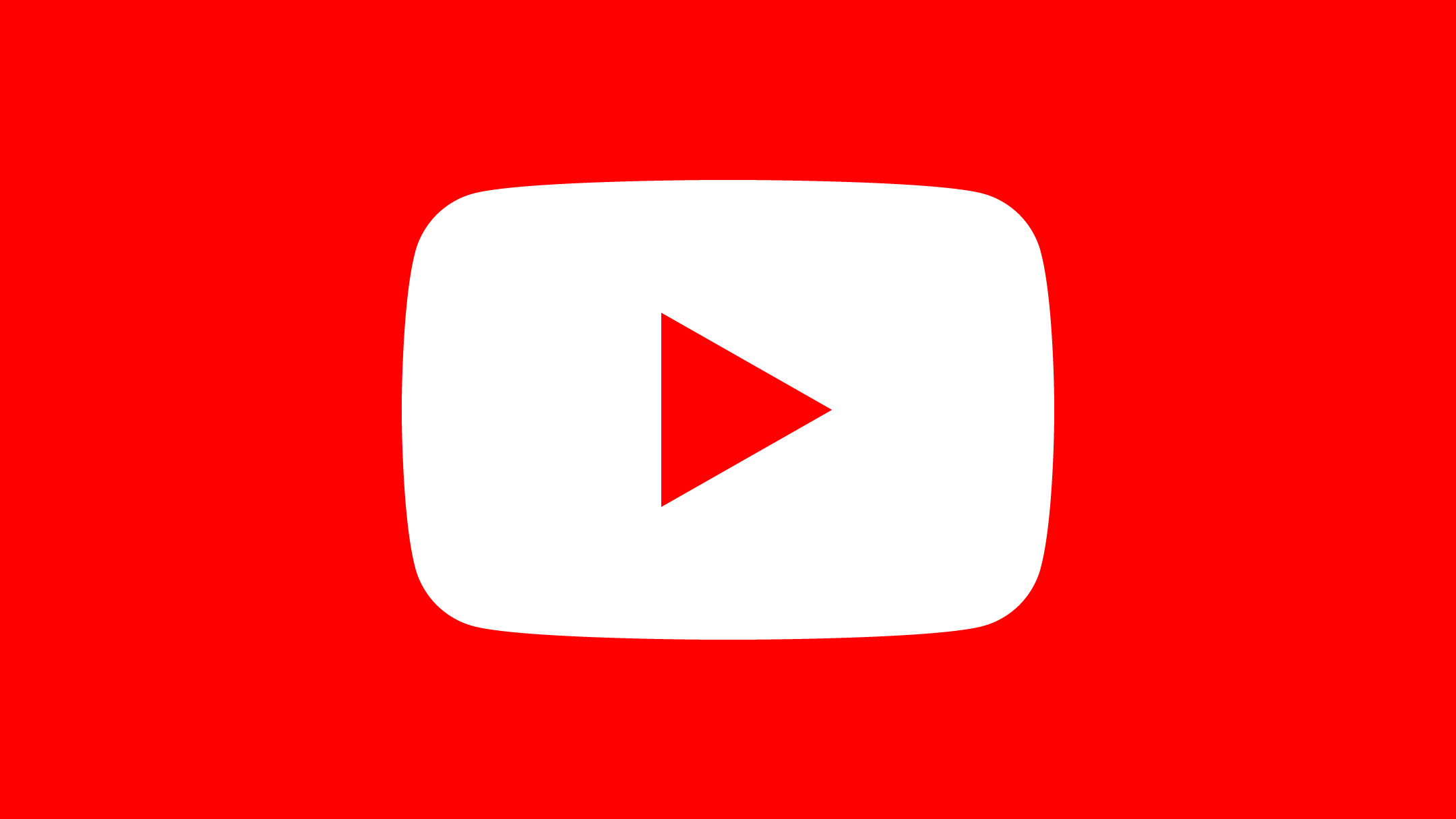The online attention wars are burning hot, with brands eager for fresh ways to break through. While YouTube’s six-second bumper ad format is fairly new, creatives and marketers are already embracing it in smart, innovative ways. Learn how three brands make the most of this new storytelling tool.
It seems like a daunting ask: Produce an ad that delivers your campaign message in six memorable ticks of a stopwatch. But three approaches taken recently by some heavy-hitting brands show that a six-second bumper ad isn’t so much a challenge, but an invitation.
Recent efforts by Microsoft Xbox, Estée Lauder, and SurveyMonkey reveal three distinct paths to delivering bumper ads that are both meaty and memorable:
Xbox gets crafty with sequential storytelling
Microsoft Xbox, with help from its creative agency 215McCANN, launched “Halo Wars 2” on YouTube with a strategy that ingeniously—and humorously—leaned on bumper ads.
Today’s gaming audience is ravenous for new content. And given the often complex narrative arcs and multi-chapter story structures of today’s games, it’s no surprise that this audience would appreciate good storytelling in ad creative.
Acting on this insight, Xbox started with a Masthead and long-form TrueView content push under the theme “Know Your Enemy.” Then, as launch day approached, the brand invested heavily in remarketing with chuckle-worthy bumper ads that built on the long-form films’ storylines:
“Six-second bumpers allowed us to re-engage viewers of the long-form commercial and build off its story with additional content,” said Jonathan Segall, Xbox marketing communications lead. “We approached it like the advertising equivalent of post-credits scenes from a movie.”
La Mer groups the goods
Estée Lauder Companies’ La Mer used bumper ads to efficiently drive awareness of the brand’s full, new Skincolor de la Mer makeup suite.
Each product was introduced with its own bumper ad. To emphasize that the individual foundations, powders, and concealers laddered up to a whole new family of products, however, each bumper ad concluded with a shot of the entire Skincolor de la Mer line. This implied to everyone who saw the campaign that the whole was greater than the sum of its parts:
“The six-second ads allowed us to captivate audiences with fresh creative across multiple exposures,” says Kendal Ascher, vice president of North America marketing for La Mer. “This strategy was key to spotlighting the breadth of our Skincolor collection without sacrificing reach.“
SurveyMonkey sells simplicity, simply
SurveyMonkey used bumper ads to highlight the value and ease of its tool, and to deliver quick but fundamental calls to action. (Think “Try It Free” and “Upgrade Now.”)
“The time constraint was a great driver for creating a sense of energy while communicating the power of the tool simply,” said Chris Nguyen, online marketing manager at SurveyMonkey. “This was accomplished by effectively messaging the main components of our platform: creating surveys, collecting answers, and analyzing results.”
According to Chris, spelling out the ask in clear, unambiguous terms helped feed a dramatic surge in new account creations for SurveyMonkey’s top-of-funnel cohort—as well as upgrades among basic users:
Getting playful with story craft, showcasing the whole product line, hammering home a simple, actionable message—these strategies don’t apply exclusively to bumper ads. But as these three brands demonstrate, there’s ample room to innovate and experiment in six seconds or less—and rival the most memorable long-form ad content out there.
As you think about how your brand can stand out in six seconds or less, check out more bumper ad tips from Google Creative Director Ben Jones.







